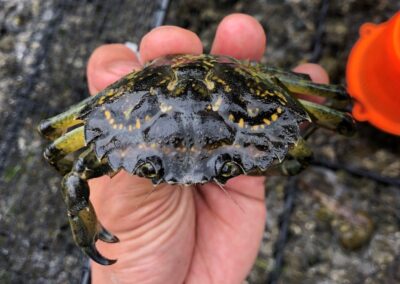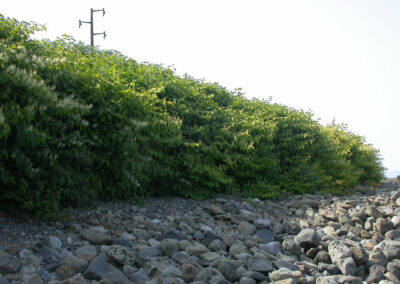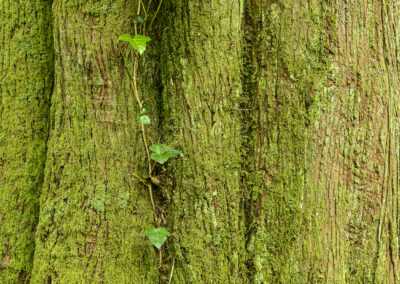INVASIVE SPECIES AND THE SALISH SEA
Welcome to the Homogocene, Issue 16, Summer 2022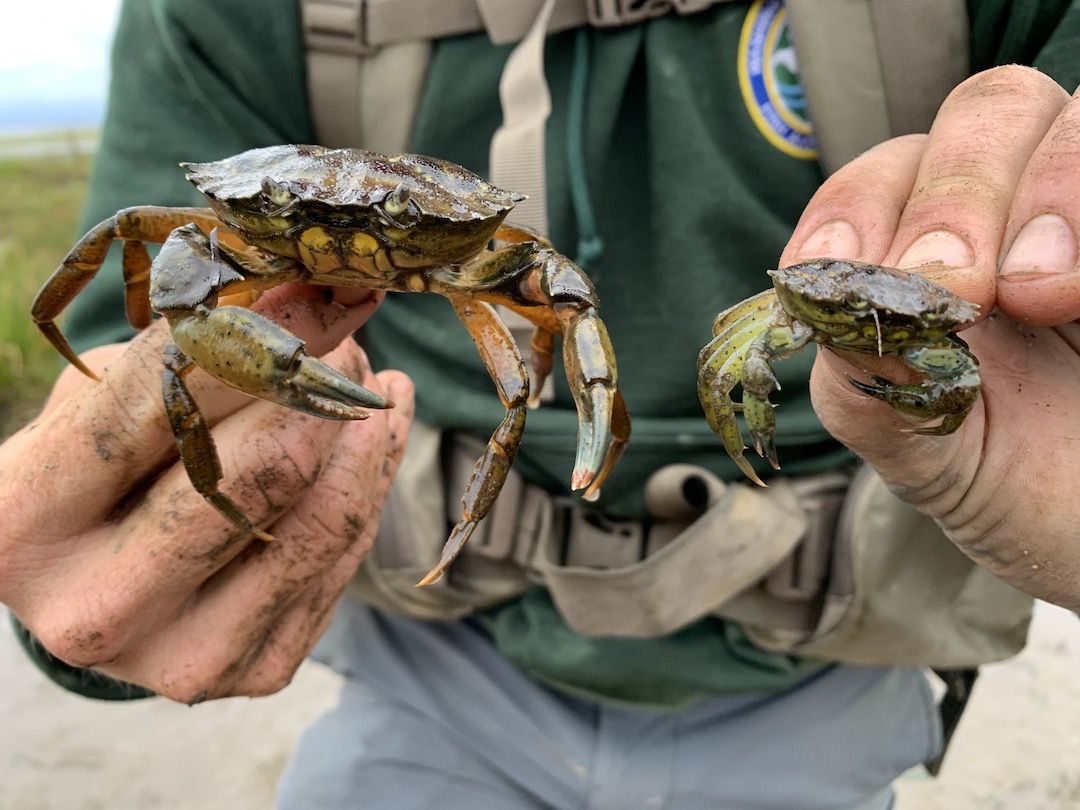
European Green Crabs. photo courtesy of Washington Department of Fish & Wildlife
INVASIVE SPECIES AND THE SALISH SEA:
Welcome to the Homogocene?Issue 16, Summer 2022
Deb Rudnick, Ph.D., Guest Managing Editor
Table of Contents is below this intro
For ecologists and resource managers, invasive species are those organisms which are introduced into a new habitat, survive and thrive in that new habitat, and go on to have measurable impacts on wildlife, ecological processes, human health, or some or all these things. As we will explore in this issue of Salish Magazine, there is even more to the concept of invasive species. Let’s start by unpacking that definition a bit further.
 If you want a weird and interesting connection between Shakespeare and invasive species, check out the effort to introduce all the birds mentioned in Shakespeare’s writings to the US!
If you want a weird and interesting connection between Shakespeare and invasive species, check out the effort to introduce all the birds mentioned in Shakespeare’s writings to the US!
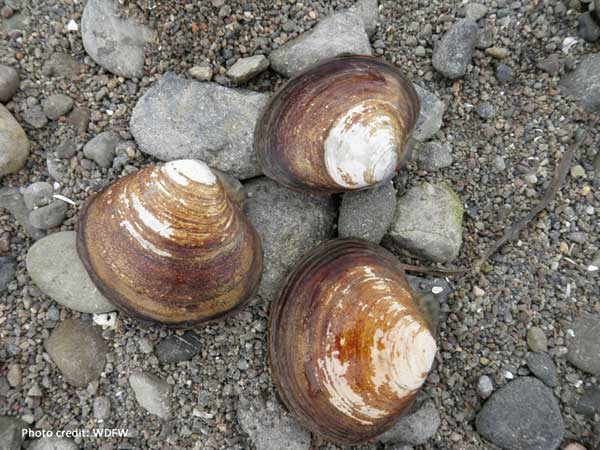
Purple varnish clam. photo courtesy of WDFW
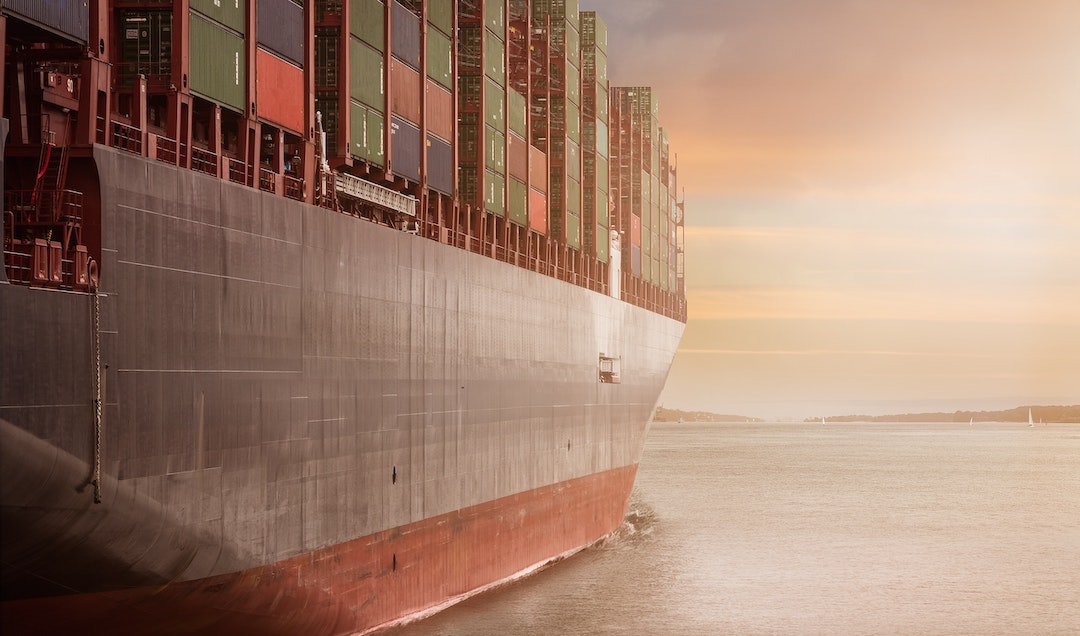
photo courtesy of Pexels
Complicating matters still further, habitat fragmentation, climate change, stormwater impacts, and many other human impacts can create new conditions that can be favored by pioneering invasive species. And, in creating and sustaining many of these impacts, it can certainly be argued that humans themselves behave as an invasive species in our ecosystems. Arguably — and I think our authors would say, hopefully — the difference lies in our ability to recognize, repair, and shift this role in our relationship with the other members of our ecological community to be less invasive and more collaborative and caring of the other species with which we share the Salish Sea.
If invasive species repeatedly outcompete, consume, and cause declines of native species, will this lead us to what some scientists have referred to as “the homogocene”: the global mixing of species facilitated by human actions that contributes, along with other stressors, to a decline in biodiversity throughout many ecosystems, including the Salish Sea? It can feel as though we are in the midst of large-scale ecological experiments of seeing what happens when we add new species to ecosystems, and puts us in the middle of many complex choices about how to prevent, control, and manage invasive species with limited resources.
The eight articles in this issue address many of these different ways of viewing invasive species. The Table of Contents below links to each article.
There are many examples of invasive species which have measurable impacts on our Salish Sea ecosystems, as Chase Gunnell and Leah Robinson describe for European green crab, and Justin Bush and Tara Galuska investigate in terms of impacts all the way up the food chain to Southern Resident Killer Whales. But we do ourselves a disservice if we simply label introduced species as bad, and unquestioningly target all introduced species for control. Humility in the face of complex ecosystems should keep us asking if a new species is measurably problematic, and even if so, whether the cure might be worse than the disease, as Melissa Fleming investigates with the arrival of the green frog in Kitsap County. We are also facing new challenges in defining invasive species as climate change drives new shifts in species’ distributions—and even making us question whether humans might need to directly intervene and help species at risk through methods like assisted migration, as Paul Heimowitz explores.
Invasive species can also be looked at through a lens as being another species in the world trying to get by. While we recognize the harm that many of these species can do to upend established relationships in an ecosystem, they’re also doing what life does, in persisting and adapting in new environments. We can hold these thoughts simultaneously, and even find the humor and the beauty in invasive species’ persistence, as Diane Moser and Lauren Clark illustrate in their poetry.
As Skye Pelliccia points out, taking the long view of respecting the history that many of our native Salish ecosystem species have together, managing and reducing the impacts of invasive species in the Salish Sea ecosystem can be an act of stewardship, and even reparation. As Sarah Lorse describes, we can each make choices that support healthy relationships and minimize impacts of invasive plants, even in our own yards. And we can bring entire communities together in a common goal, as Douglas Crist shows us on Bainbridge Island with the formation of a Cooperative Weed Management Area that has multiple community groups and organizations collaborating to steward and restore the ecological health of their open spaces.
Join us as we apply many different lenses to looking at the complicated role of invasive species in the Salish Sea ecosystem.
Issue 16, Table of Contents
You can subscribe using the SUBSCRIBE menu above, and we will send you newsletters when new articles and new issues appear online.
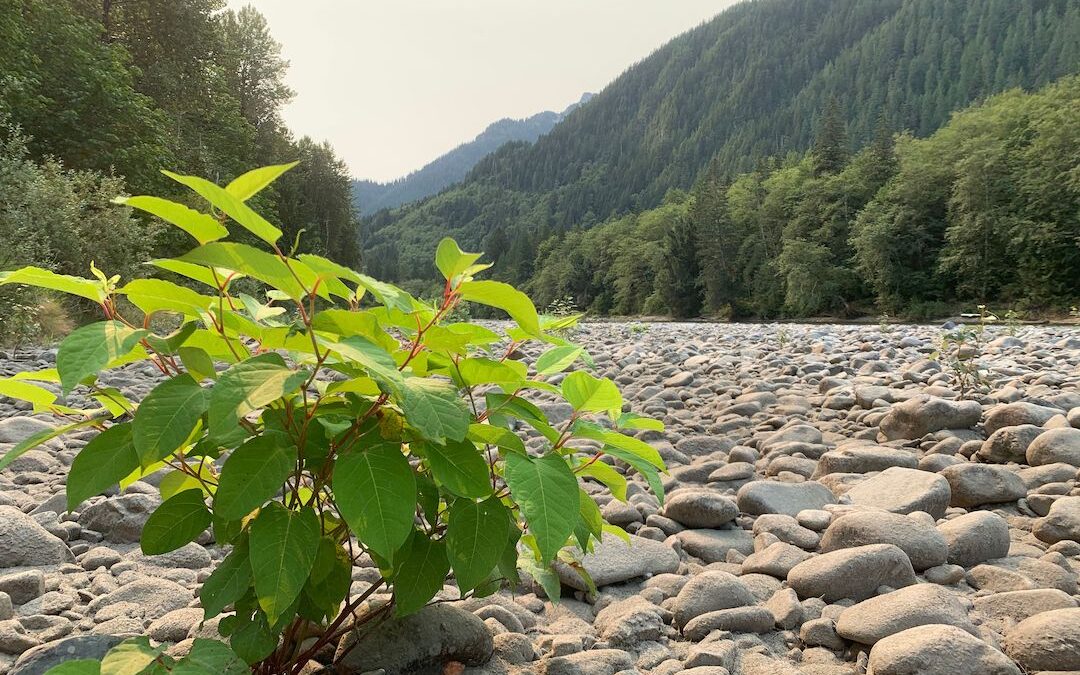
Story of Knotweed
by Skye Pelliccia
Summer 2022
Let’s take a journey through time that will follow the evolution of a knotweed-laden site in the Skykomish River valley near the modern-day town of Baring, Washington
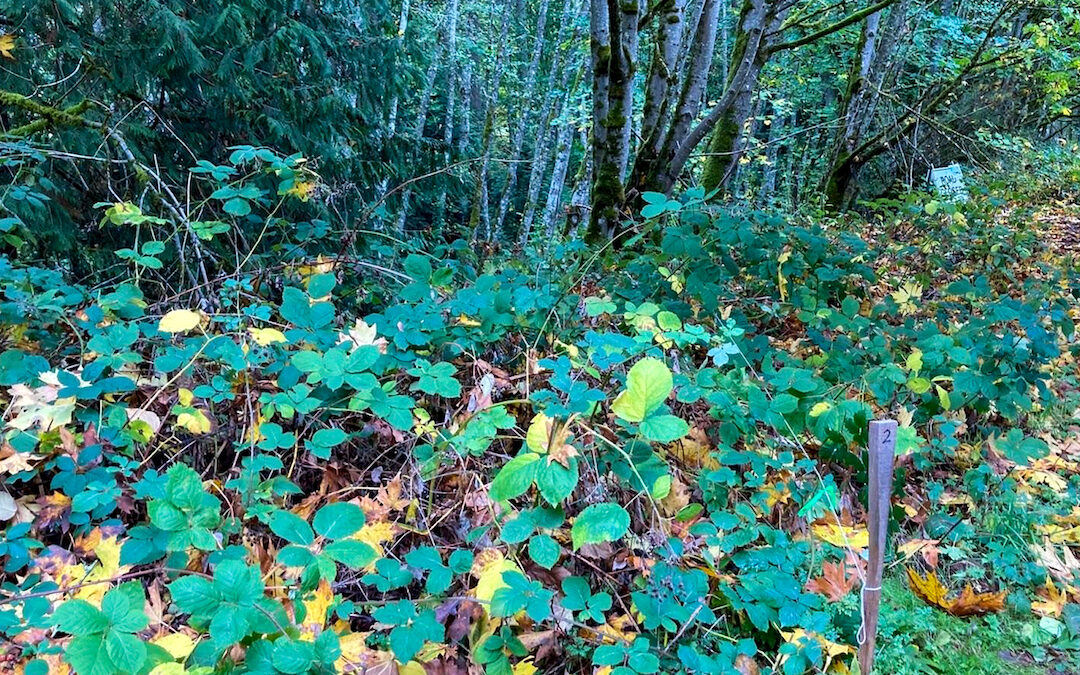
CWMA photos
by Douglas Crist
Summer 2022
This photo essay shows some projects which are a part of the Bainbridge Island Cooperative Weed Management Area, and it links to projects and info around Washington State.
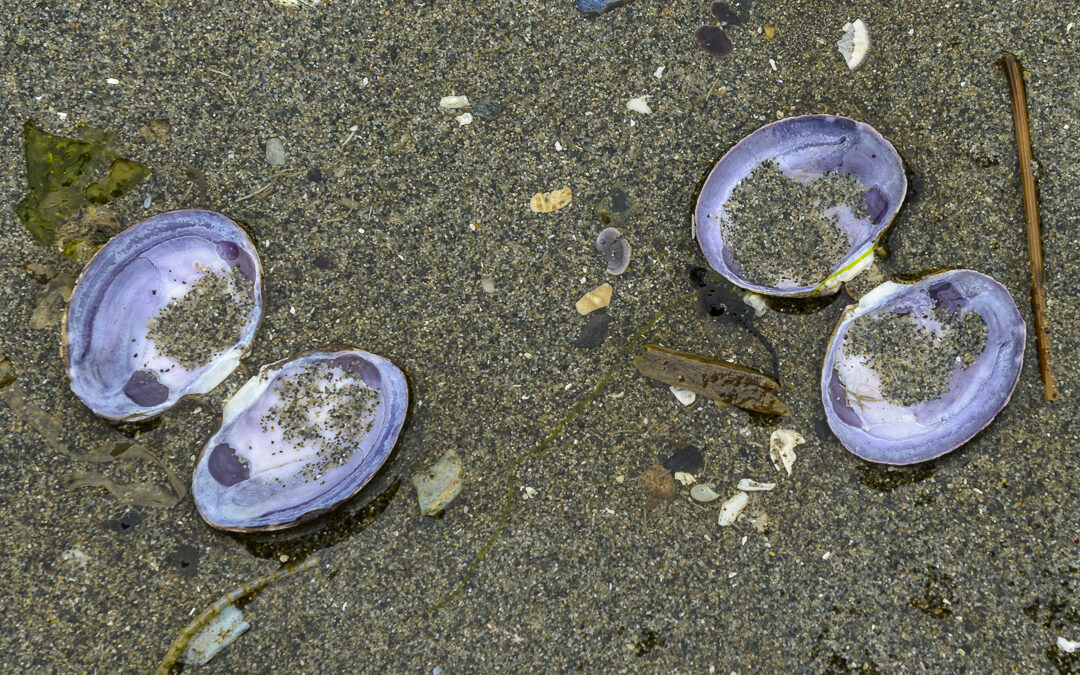
Double Jeopardy
by Paul Heimowitz
Summer 2022
Non-indigenous people arriving to the Salish Sea over the past few centuries accelerated biological invasions of the region’s ecosystems. Climate change takes it up a notch.
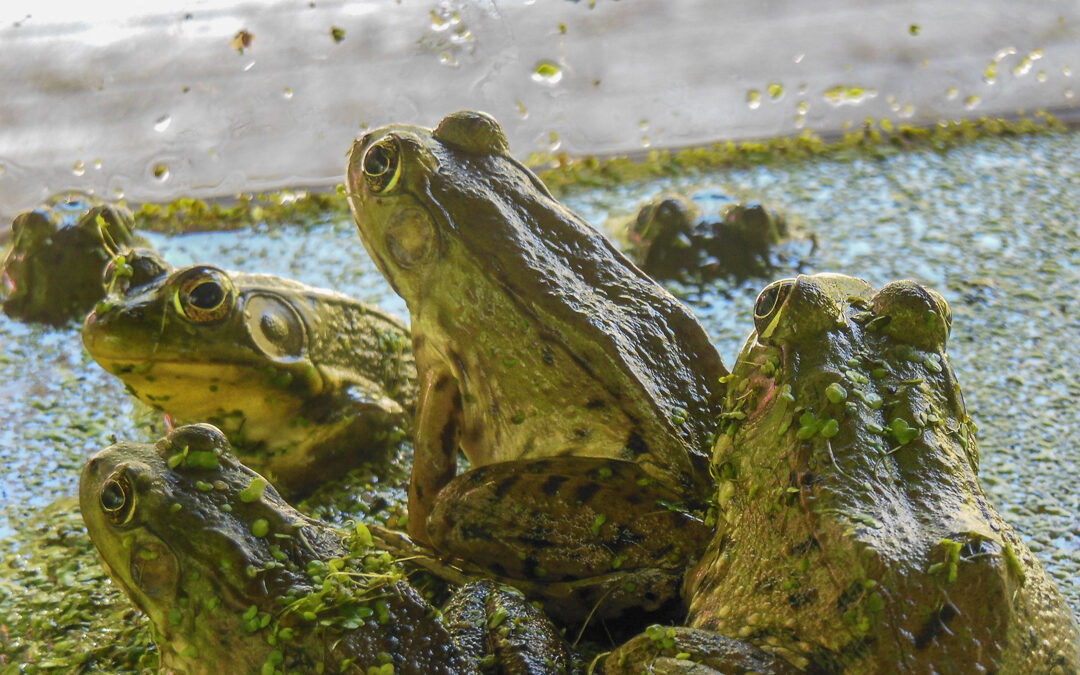
Green Frog
by Melissa Fleming, Ph.D.
Summer 2022
Green frogs are considered invasive in B.C. as likely competitors with native amphibians. In Washington, they are not listed as priority invasives. Are they a threat?
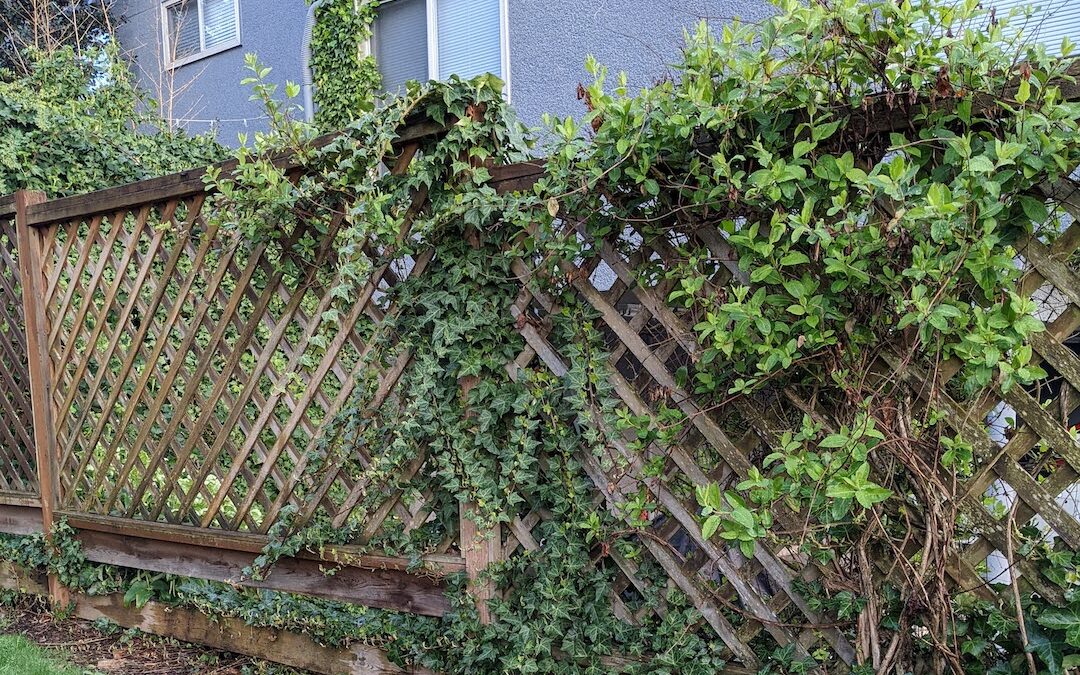
Garden Escapees
by Sarah Lorse
Summer 2022
While we may “own” our gardens and yards, nature does not acknowledge property lines. Our outdoor spaces are part of the local ecosystem and impact it for better and worse
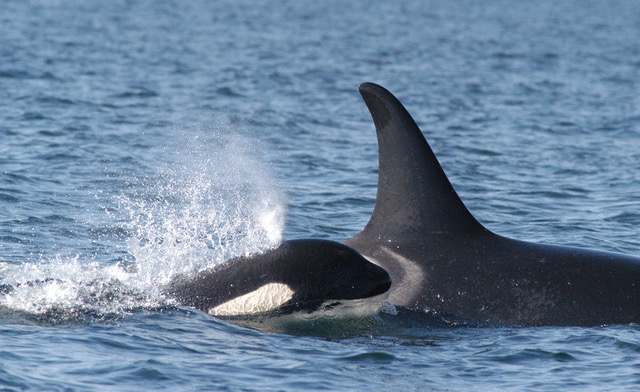
Invasives and killer whales
by Galuska, Krimme and Bush
Summer 2022
The population of orcas that frequent the Puget Sound and Salish Sea, called the Southern Resident orcas, are unique. They are also among the most endangered marine mammals in the world.
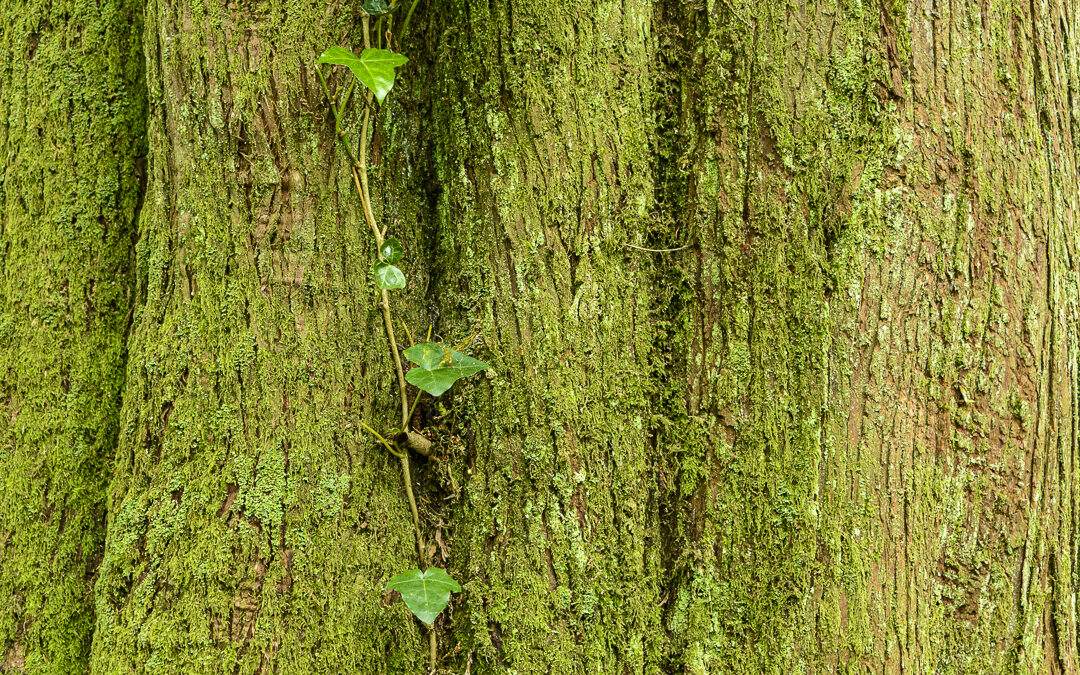
Poetry-16
by Diane Moser, Ivy Clark
Summer 2022
These poems by Diane Moser and Ivy Clark portray some invasive species from unusual perspectives — from history to the perspective of the invasive itself.
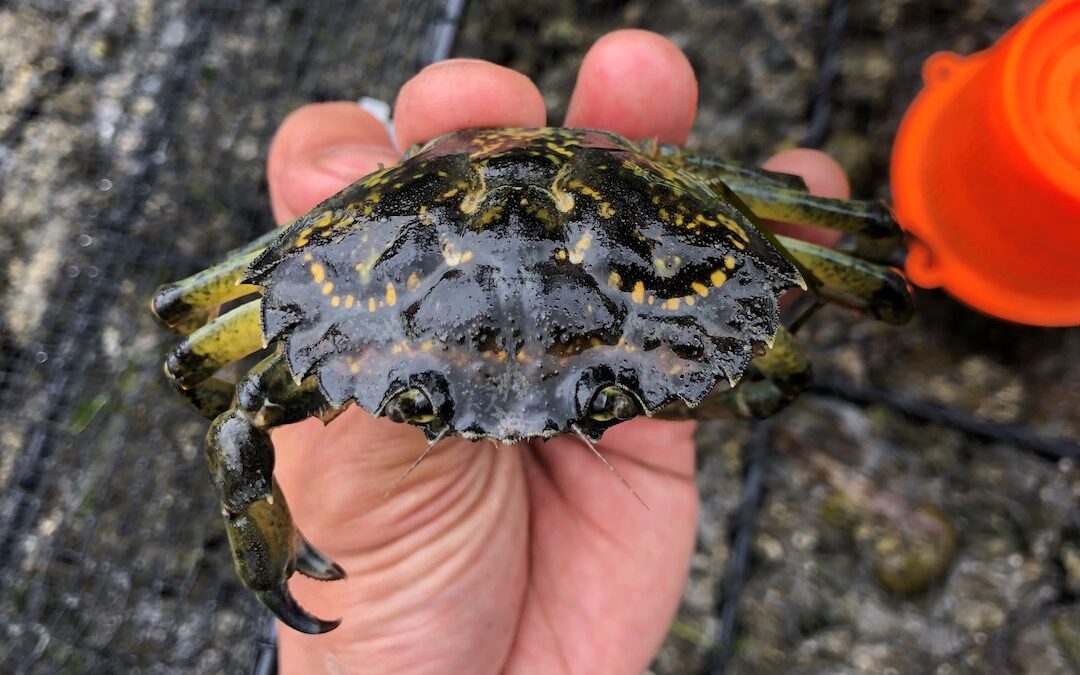
European Green Crab
by Robison and Gunnell
Summer 2022
European green crab is considered one of the world’s worst invasive species. It can cause harm to aquatic ecosystems by decimating eelgrass habitat and outcompeting native species.
Salish Magazine
Publisher: John F. Williams
Guest Managing Editor: Deb Rudnick
This magazine is a nonprofit project of:
SEA-Media
P.O. Box 1407 Suquamish WA 98392
info@sea-media.org www.salishmagazine.org
Copyright SEA-Media, 2022
All rights reserved. Reproduction in whole or in part without consent of copyright owner is strictly prohibited.
SEA-Media is a 501(c)(3) nonprofit corporation
Extra special thanks to:
Sara & Tom Noland. Adelia Ritchie, Grant Blackinton, Eliza Evans, Susan W. Merrill, Sheila Kelley, Phillip Rosaaen, Andy Lamb, and all of the credited authors and image contributors.
Sincere thanks also to our Patreon patrons:
Barbara Brooking
Beverly Parsons
Brooke Thompson
Bruce Wade
Carolyn E Hart
Catherine Whalen
Jeffrey Duda
John A Wiles PhD
Judy Atkins
Marie Magrath
Melissa Fleming
Phillis Carey
Ray Garrido
Robyn Johnson
Sara Wade
Tena Doan and Earl Doan
Terry Jackson
Wendy McClure
Wyatt Camp
And sincere thanks to our all of our other donors, especially these recent ones:
John & Marguerite Altree
Elizabeth Bamber
Joan Beard Photography
Barbara Brooking
J. Frisbee Campbell
Charles D. Champlin Jr.
Ken Clason
James & Marilyn DeRoy
Judith Duncan
Jeanne Ferris
Melissa Fleming
Gwen Foor
Mike Freeman
Kim Greenwood
Shep Griswald
Albert Gunby
Peter Haase
Diane Harding
Gregory Hiatt
Florence Hansen
Kevin Jackman
Andrea Jessoe
Robert Johnston
Jeff Kingery
Kitsap Audubon Society
Florence Klein
Janet Knox
Diane Landry
Jayne and Paul Larson
Elizabeth Lin
Lisa Macchio
Julie Masura
Susan McDonald
Thomas McDonald
John McKenzie
Anne Morgan
Emily Morgan
George, Diane Moser
Janine Moss
Patricia Myers
Mary Neyhart
Tania Opland
Elisabet Orville
Carmon Rene Parisi
Ann Randlette
Karlista Rickerson
Amy Roszak
Stephen Rubin
Ron & Nancy Sefton
Wendy Safronoff
Alexander Shor
Marie Sprandel
Regina Spoor
David & Kathleen Thorne
Philene Vaivods
John van den Meerendonk
Catherine Whalen
Clay Wilson
Sharyn Woerz
Penelope R. Wood
Anna Young
PLEASE HELP SUPPORT
SALISH MAGAZINE
DONATE
Salish Magazine contains no advertising and is free. Your donation is one big way you can help us inspire people with stories about things that they can see outdoors in our Salish Sea region.
We also don't advertise Salish Magazine, so please spread the word of this online resource to your friends and colleagues.
Thanks so much for your interest and your support.
We also don't advertise Salish Magazine, so please spread the word of this online resource to your friends and colleagues.
Thanks so much for your interest and your support.

